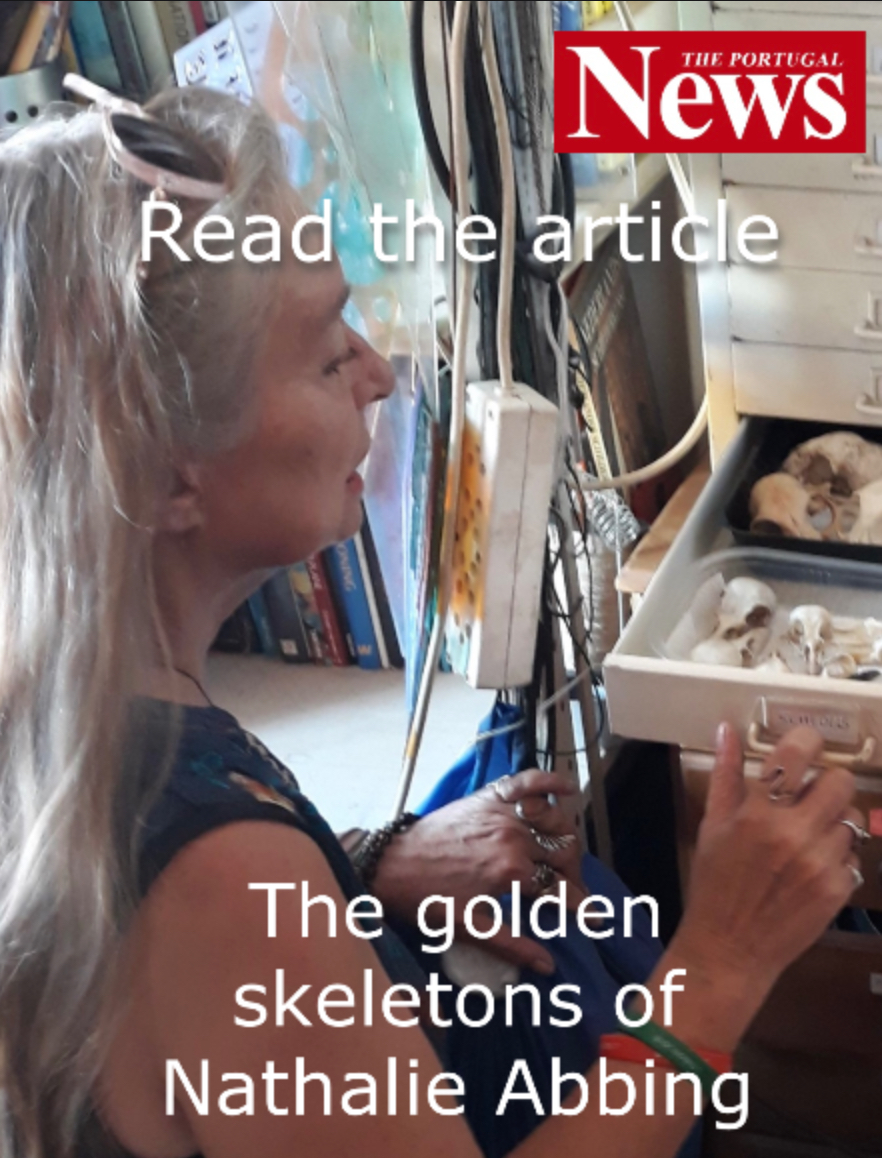In the year 2000 Nathalie went to New Zealand. A country that has a strong tradition in arts and craftsmanship, especially the carvings in materials as wood, stone and bone are admired all over the world. This art form, originated by the Māori, triggered Nathalie’s interest. There Nathalie found a great tutor in the artist Norman Clark (†2016). He taught her the art of bone carving. From preparing the bones when they arrive from the abattoir, which is quite a dirty job, until the very fine final finishing of the art piece. Going through the whole process is a signature of Nathalie’s work. Engaging fully in the material she uses, make the respect of its origin even greater and that shows in the final piece.
In the year 2000 Nathalie went to New Zealand. A country that has a strong tradition in arts and craftsmanship, especially the carvings in materials as wood, stone and bone are admired all over the world. This art form, originated by the Māori, triggered Nathalie’s interest. There Nathalie found a great tutor in the artist Norman Clark (†2016). He taught her the art of bone carving. From preparing the bones when they arrive from the abattoir, which is quite a dirty job, until the very fine final finishing of the art piece. Going through the whole process is a signature of Nathalie’s work. Engaging fully in the material she uses, make the respect of its origin even greater and that shows in the final piece.
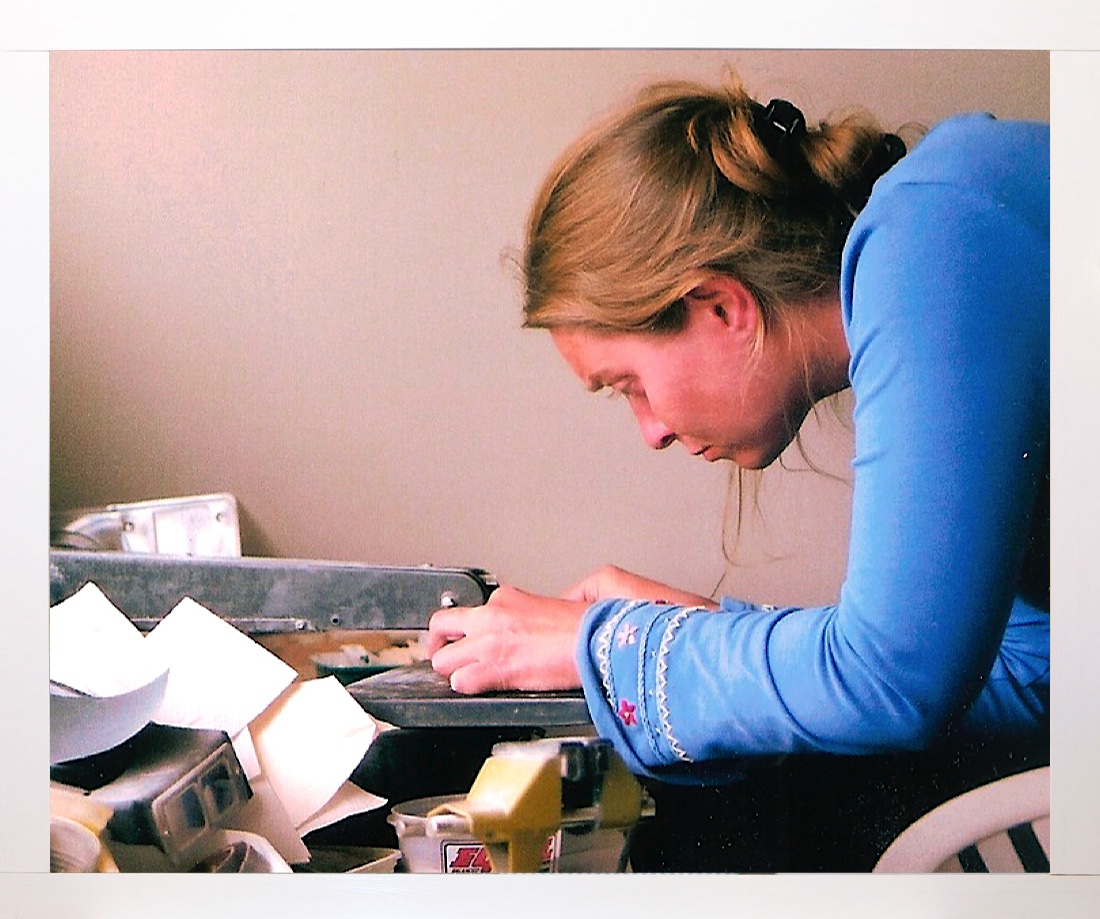
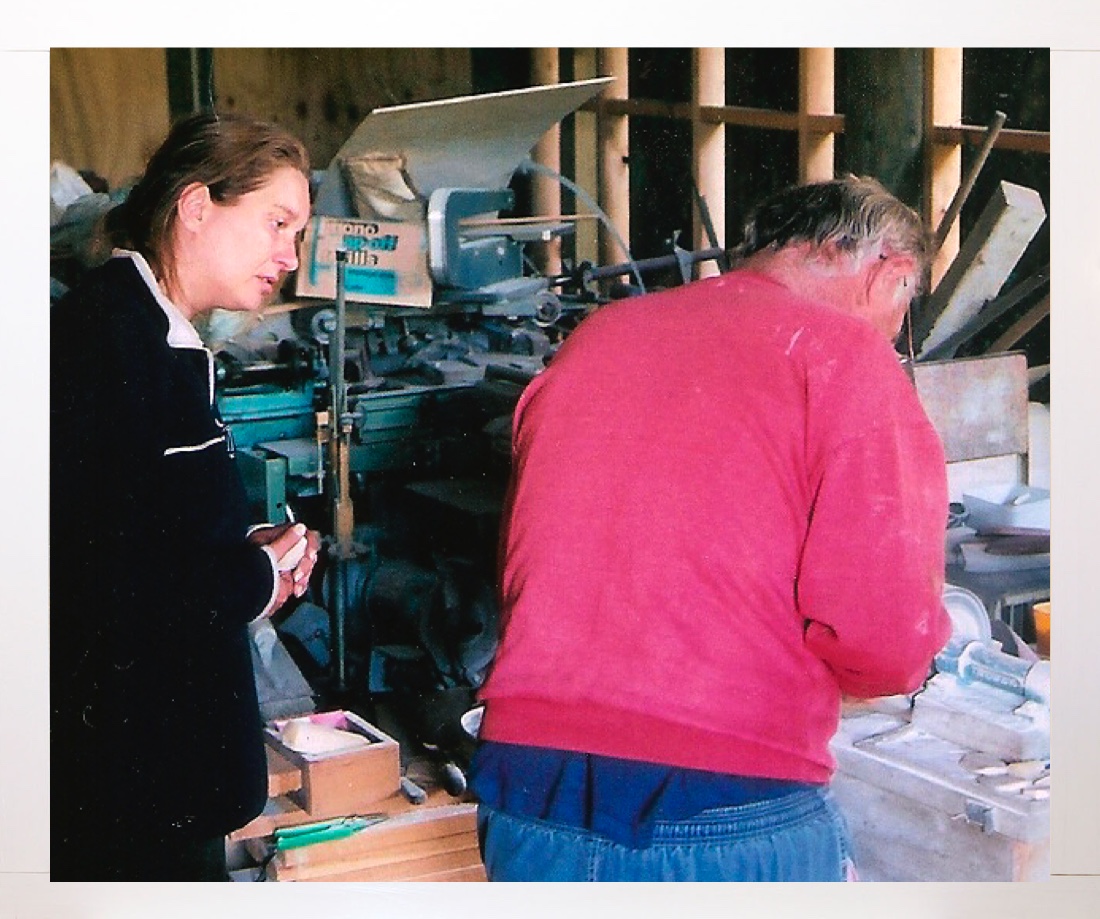
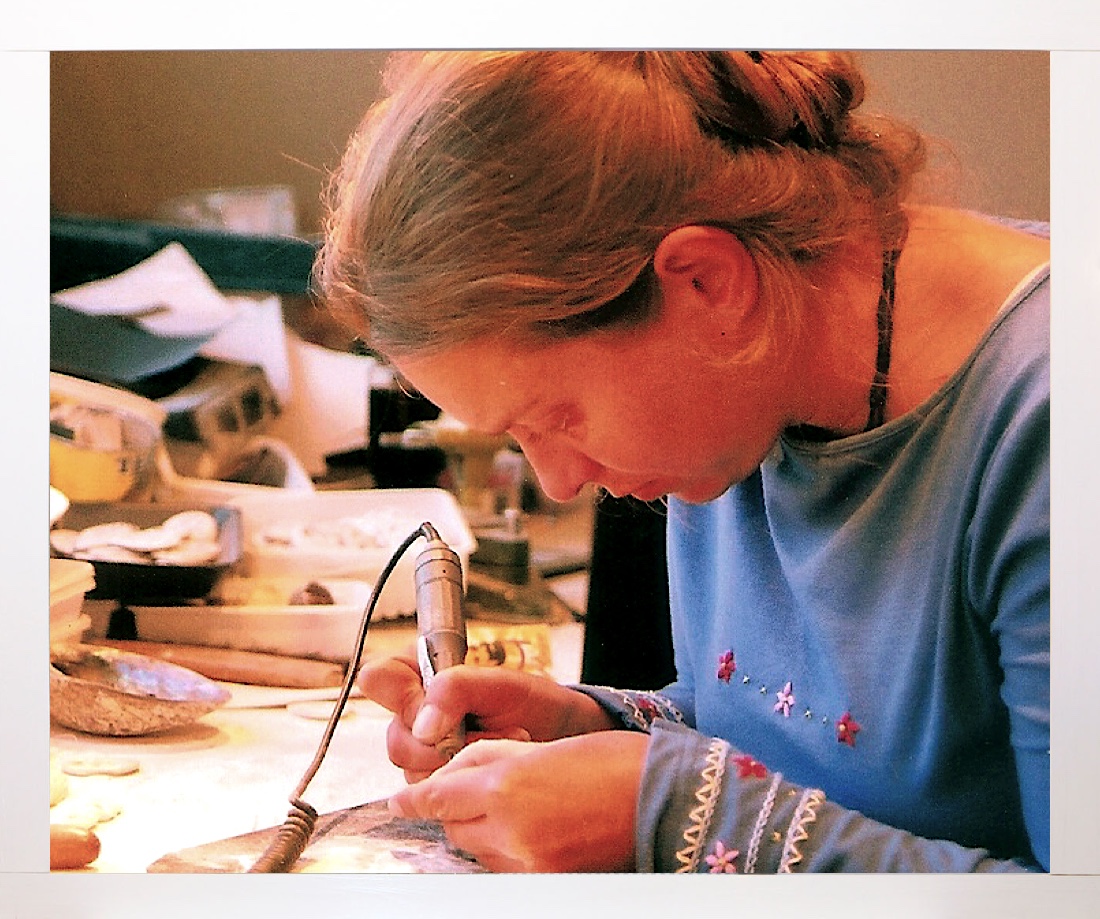
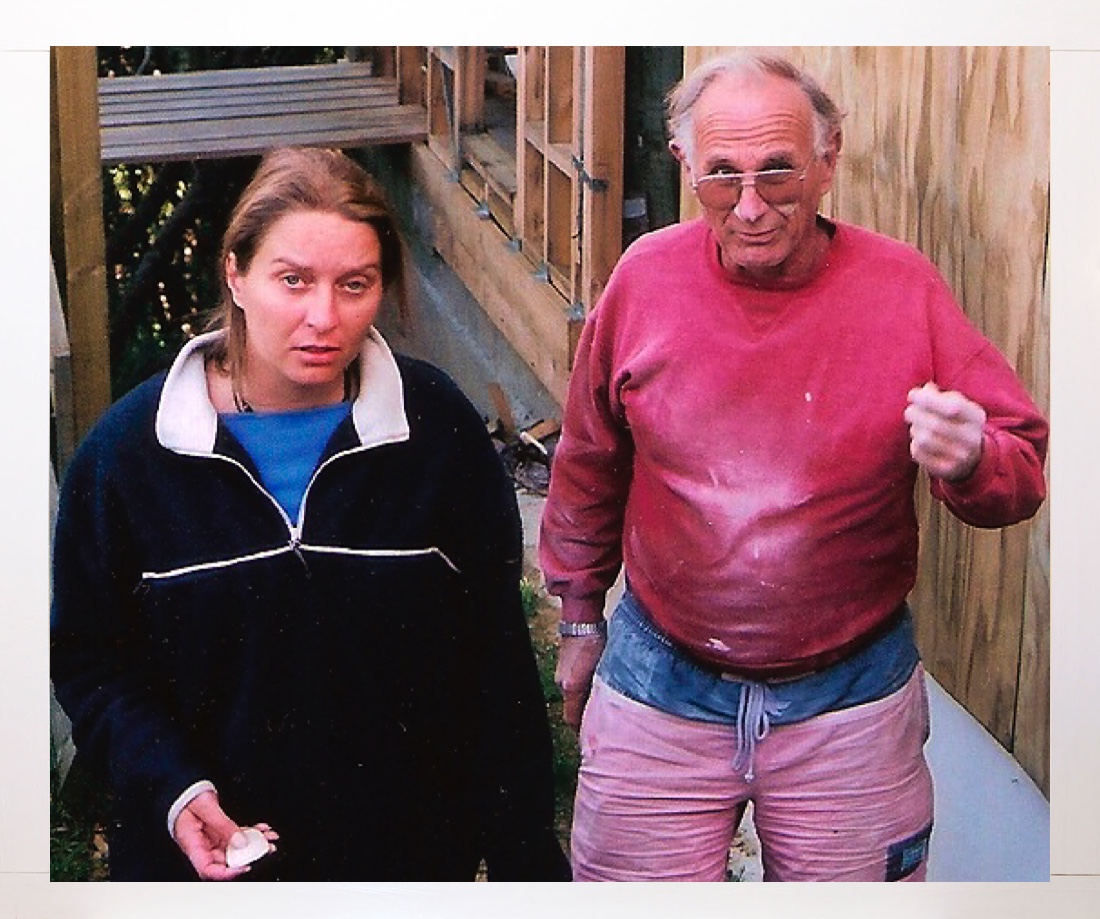
Nathalie and Norman Clark
Nathalie has been encouraged to dismember dead animals “as soon as they arrive at the door”. She boils up their bones on the same day too, and packs them away in her “bone drawers”. It can be a very smelly process, but Nathalie is so intense about her work that she is rarely aware of the smell until she has finished. After cadavers have been suitably prepared, it is time for her art. “I begin fitting the good bones together to make a new creature”, she explains. “I like to put cruelty and beauty together, you see, to show people that you can find beauty from cruelty. “In every creature I make, there have to be several different animal bones: cat’s skulls with rabbit’s jaws, bird’s bones, fish bones. I then cover the creature in 24-carat gold leaf, so that it has the highest value in this day and age. “Silver wouldn’t be good enough. It has to be gold – and the creature has to stand for itself; have an attitude; have its own name.
Take a look at our Bone Carvings >




Nathalie and Norman Clark
Nathalie has been encouraged to dismember dead animals “as soon as they arrive at the door”. She boils up their bones on the same day too, and packs them away in her “bone drawers”. It can be a very smelly process, but Nathalie is so intense about her work that she is rarely aware of the smell until she has finished. After cadavers have been suitably prepared, it is time for her art. “I begin fitting the good bones together to make a new creature”, she explains. “I like to put cruelty and beauty together, you see, to show people that you can find beauty from cruelty. “In every creature I make, there have to be several different animal bones: cat’s skulls with rabbit’s jaws, bird’s bones, fish bones. I then cover the creature in 24-carat gold leaf, so that it has the highest value in this day and age. “Silver wouldn’t be good enough. It has to be gold – and the creature has to stand for itself; have an attitude; have its own name.
Take a look at our Bone Carvings >



